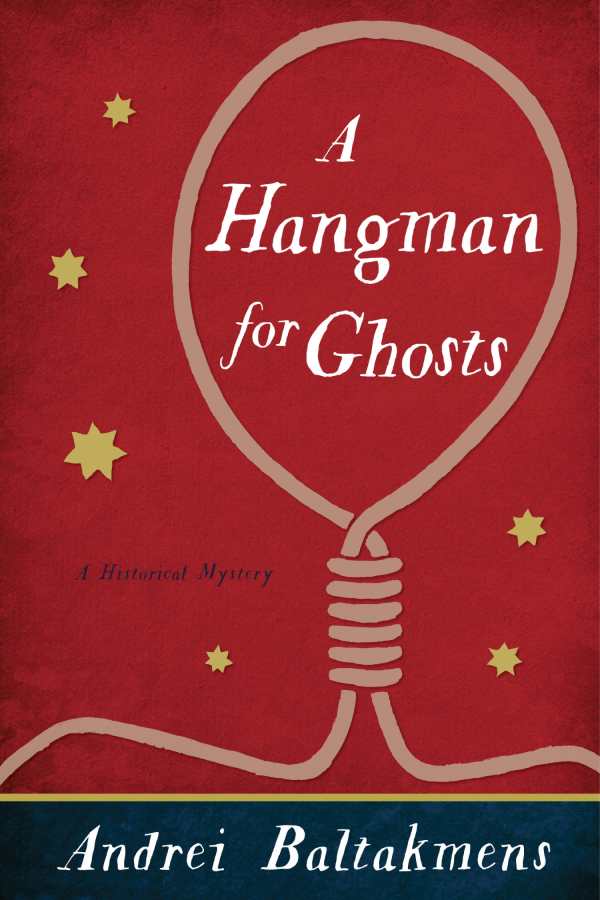A Hangman for Ghosts
Set in the roiling, corrupt world of an 1829 prison colony, Andrei Baltakmens’s A Hangman for Ghosts is a historical mystery that brings regency-era Australia to life.
Gabriel Carver, the hangman of Sydney, is a dark, lonely figure. Soaked in rum and regret, Carver becomes an unlikely detective when a woman from his past is accused of murder. As Carver follows the clues through Sydney’s underbelly, he encounters a cast of bleakly Dickensian characters, from whistling streetwalkers to baby-faced policemen. As he works to solve the murder, the mystery of Carver’s own origins unravels as well. With rich historical details that evoke Australia’s early colonial days, this is a wonderful, traditional novel.
A Hangman For Ghosts is Baltakmens’s second novel. With a PhD in English literature with a focus on Dickens, he’s well versed in his subject, but the Sydney that Carver stalks through is neither dry nor academic. Baltakmens depicts a filthy, unpredictable, densely populated society where transported convicts mix with sailors and “fallen women.” Descriptions have a dreamlike quality, as though seen through antique glass: a woman is “too bright, fatally bright, for her skirts were on fire, a river of flame in the dark.”
The novel does lean a bit on the Dickensian tradition, and some chapters feel repetitive, as though serialized; however, the mystery’s thread keeps spinning at a satisfying pace. Folding in vivid details, bright characters, and compelling dialogue, the story is a page-turner, a savory treat to be devoured.
This delightfully grim historical mystery is true to Dickens’s style, and holds on to its secrets with tight, clammy fists.
Reviewed by
Claire Foster
Disclosure: This article is not an endorsement, but a review. The publisher of this book provided free copies of the book to have their book reviewed by a professional reviewer. No fee was paid by the publisher for this review. Foreword Reviews only recommends books that we love. Foreword Magazine, Inc. is disclosing this in accordance with the Federal Trade Commission’s 16 CFR, Part 255.

